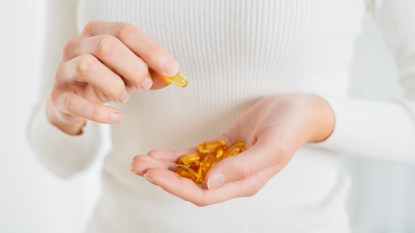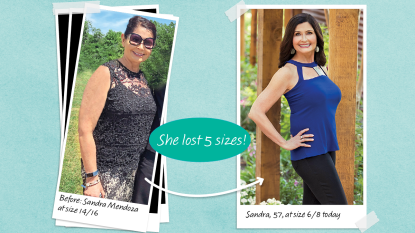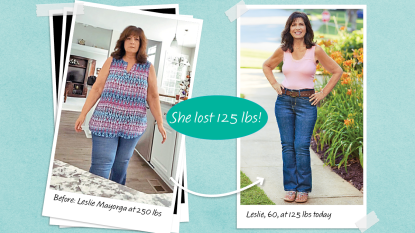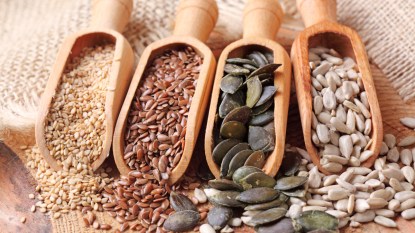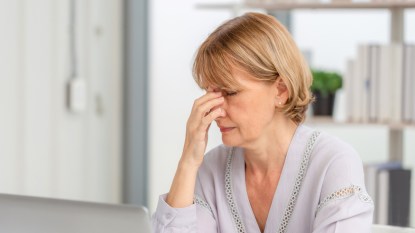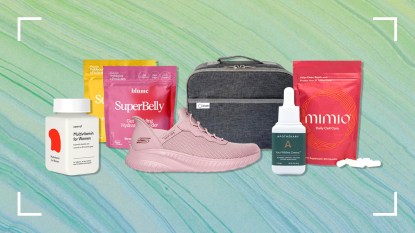What Is Vitamin D3? And How Is It Different From Plain Ol’ Vitamin D? These and More Questions Answered Here
It's an essential vitamin for women.
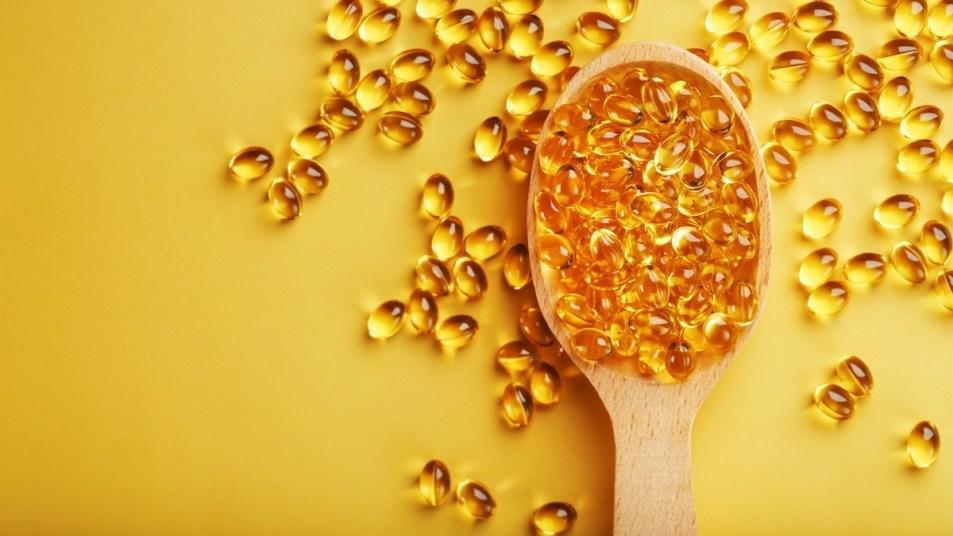
As a woman, prioritizing your health and well-being is essential to living a long and productive life. One way to do this is to ensure your diet includes sufficient vitamins and minerals. At the top of the nutrient list is one vitamin, in particular: vitamin D3. Known as the sunshine vitamin, vitamin D3 is produced naturally in our skin when exposed to sunlight. But let’s be honest. Our modern lives are lived primarily indoors, which means that most of us don’t get as much sun as we should. This is a problem, as vitamin D3 has been linked to several important health benefits, especially for women. Here’s a summary.
What is vitamin D3?
Simply put, vitamin D3 (also known as cholecalciferol or calcitriol) is a type of fat-soluble vitamin, meaning it’s stored in our fatty tissue and can be used by the body when needed. It helps the body absorb calcium and phosphate. This vitamin plays an important role in bone health, muscle strength, immune system support, and more.
Vitamin D3 is also available through certain foods like fatty fish such as salmon or sardines; however, most of us don’t get enough from our diets alone. Thankfully, our bodies produce vitamin D3 naturally when exposed to sunlight. This occurs when 7-dehydrocholesterol (or zoosterol) in our skin is transformed into cholecalciferol, the active form of vitamin D3.
Is vitamin D3 the same as vitamin D?
Vitamin D3 is a form of vitamin D that our bodies can use more efficiently, meaning it’s more bioavailable to us. The other type of vitamin D, known as vitamin D2 (ergocalciferol), is a plant-based form that is not as impactful in humans.
What are the signs of vitamin D deficiency?
Nearly 1 billion people worldwide are not getting enough vitamin D. Women are particularly prone to vitamin D deficiency due to hormonal changes, diet, and lack of sun exposure. Some common signs of a vitamin D deficiency include:
- Fatigue
- Weakness
- Bone or muscle pain
- Reduced immune function
- Impaired wound healing
- Hair loss
- Depression
- Poor concentration
If you’re experiencing any of these symptoms, getting tested for a vitamin D deficiency may be smart. Contact your doctor for advice and a referral to the appropriate testing facility.
Who is susceptible to vitamin D deficiency?
Anyone can be prone to a vitamin D deficiency, but certain groups of people are especially sensitive. These include:
- People with darker skin: The higher levels of melanin in darker skin tones can make it harder for the body to absorb vitamin D3 from sunlight.
- The elderly: As we age, our skin’s ability to synthesize vitamin D from sunlight decreases.
- People who don’t get much sun exposure: This can include people who work indoors or wear sunscreen all the time.
- Vegans and vegetarians: Animal-based foods are the main dietary source of vitamin D, so vegans and vegetarians need to be particularly mindful of their vitamin D intake.
- Women: Female hormones can affect the body’s ability to absorb vitamin D.
It’s important to note that pregnant and nursing women are also at risk since they need extra nutrients to support the health of their babies. If you’re expecting, be sure to talk to your doctor about your vitamin D levels.
What are the benefits of vitamin D for women?
Vitamin D is essential for women for a whole lot of reasons. Here are just a few of the health benefits it provides:
Supports Mental Health
Did you know that vitamin D3 has a powerful impact on your mood? Research has shown that healthy levels of this vitamin can alleviate symptoms of depression and anxiety and improve overall mental well-being. This is because vitamin D3 helps trigger the release of feel-good hormones, such as serotonin and dopamine, in the brain.
Bolsters Immunity
Your immune system is your body’s frontline defense against illness, disease, and infection. Luckily, vitamin D3 can help keep your immune system strong, healthy, and ready to fight off anything bad that comes its way. It does this by activating T-cells, which are the cells responsible for attacking and destroying foreign invaders in the body.
Excessively low levels of vitamin D have been associated with autoimmune diseases like rheumatoid arthritis.
Promotes Strong Bones and Teeth
As women, we’re at a higher risk of developing osteoporosis than men, which is why it’s so important to make sure you get enough Vitamin D3. It helps with calcium absorption, which is essential for bone health, Without it, calcium can’t be absorbed, leading to softer bones and an increased risk of fractures. It’s also associated with rickets in children, which can cause muscle weakness, and both older adults and children could experience the loss of bone minerals (osteomalacia).
Boosts Fertility
Vitamin D3 is essential for fertility, as it helps regulate your menstrual cycle and ovulation. Low levels of vitamin D3 have been linked to menstrual irregularity, which can make it harder to conceive. Additionally, vitamin D3 helps reduce inflammation, making it easier for the body to maintain a healthy pregnancy.
Improves Cardiovascular Health
Studies have shown that Vitamin D3 can reduce the risk of developing heart disease. By decreasing inflammation, reducing high blood pressure (hypertension), and improving cholesterol levels, this vitamin could be part of your overall wellness plan. Vitamin D3 also helps your body absorb other essential vitamins and minerals, such as magnesium and zinc, which act as antioxidants and protect your arteries from damage.
Reduces the Risk of Breast Cancer
Breast cancer is a major concern for women worldwide, with nearly 1 in 8 developing it at some point in our lives. Vitamin D3, however, can help reduce risk of developing breast cancer. Researchers believe this vitamin helps suppress the growth of cancer cells in the breast tissue, making it a vital part of breast cancer prevention.
Regulates Hormones
Last but not least, vitamin D3 also plays an important role in hormonal balance. It helps to regulate hormones such as estrogen, progesterone, and testosterone which can all affect the way your body functions. (Click through to see how vitamin D curbs the risk of fibroids after menopause.)
How much vitamin D is recommended for women?
It’s recommended that women get at least 600 International Units (IU) of vitamin D per day. This amount can be obtained through dietary sources such as eggs, fatty fish, or fortified plant-based milk, but the best way to get your daily dose is from exposure to sunlight. Just 15 minutes of sun daily can provide enough vitamin D to meet your needs. If you’re concerned that you have low levels of vitamin D, you can also talk to your doctor about taking a supplement.
Can too much vitamin D be dangerous?
Yes, it is possible to get too much vitamin D. This is called vitamin D toxicity. Overdosing on vitamin D can cause vomiting, dehydration, and even kidney damage in extreme cases. It’s also important to note that some medications can interact with vitamin D, so be sure to talk to your doctor before starting any vitamin D3 supplements.
How can you get more vitamin D?
Here are ten tricks to get you started:
1. Spend time outdoors.
Spend 15 to 20 minutes outside each day, or even better, go for a walk in the sun. As mentioned, you can get your daily dose of vitamin D from just a few minutes of sun exposure.
2. Eat foods rich in vitamin D.
Include eggs, fatty fish, mushrooms, and fortified plant-based milk in your diet. These foods are great sources of vitamin D and can help you reach your daily recommended amount.
3. Consume fortified foods.
Look for foods that have been fortified with vitamin D, such as cereal, oatmeal, cod liver oil, and some brands of orange juice. Egg yolks have a smaller amount of vitamin D but have more saturated fat.
4. Take a supplement.
If you’re unable to get enough vitamin D from diet or sunlight, consider taking a dietary supplement. Talk to your healthcare provider about the appropriate amount for you.
5. Stay away from tanning beds.
Tanning beds may seem like a way to get vitamin D, but they can actually be dangerous and increase your risk of skin cancer.
6. Wear sunglasses and sunscreen.
When spending time outdoors, be sure to wear sunglasses and sunscreen to protect your eyes and skin from UV (ultraviolet) rays.
7. Check the time of day.
Optimize your sun exposure by going outside around 12 PM. This is when the sun’s rays are most intense, so you can get the most vitamin D in the shortest amount of time.
8. Consider a vitamin D test.
If you want to know exactly how much vitamin D you need, consider getting a vitamin D blood test. This way, you can get an accurate evaluation of your current levels and ensure you meet your daily needs.
9. Monitor sun exposure.
If you’re worried about overexposure to the sun, keep track of how long you spend outside each day. Getting enough sun is important, but it’s also important not to overdo it.
10. Keep a consistent routine.
Try to establish a consistent routine of going outside and getting your daily dose of vitamin D. With this, you can ensure that you’re meeting your recommended amounts daily.
Vitamin D3 and Me
Vitamin D3 plays a vital role in women’s health and well-being. The nutrient is often overlooked, but its benefits are significant. As women, we need to prioritize our health and include Vitamin D3 in our everyday routine. Whether it’s through sun exposure, diet, or supplements, getting adequate amounts of Vitamin D3 is crucial to maintaining healthy bones, a strong immune system, and overall well-being. So, let’s soak up the sun (with sunscreen, of course), eat Vitamin D-rich foods, and supplement as needed to reap the benefits of this sunshine vitamin!


